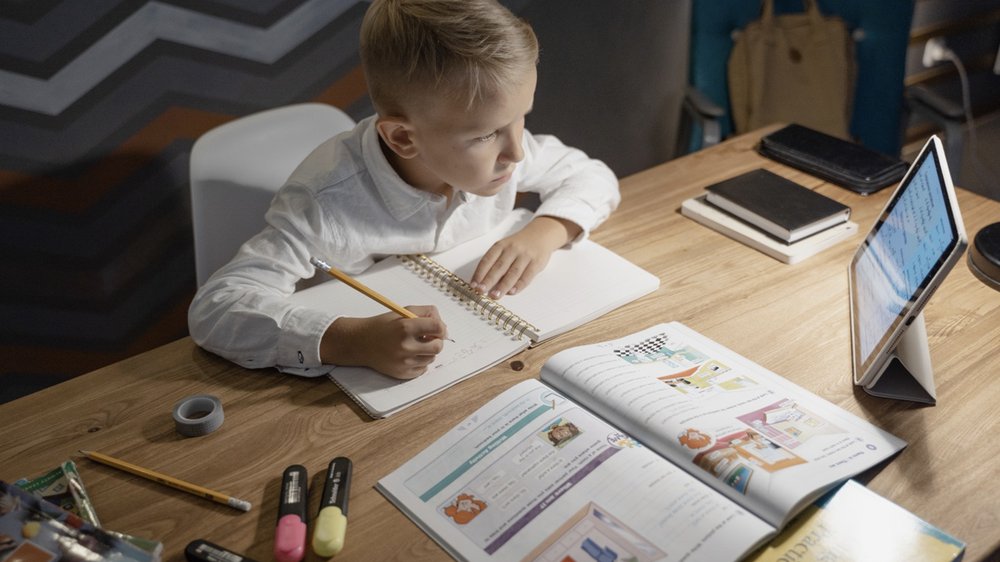In the last few years, there has been a rising problem of children spending too much time glued to their gadgets. The CDC has recently released data on the average screen time for each age group, and the results are concerning. Children aged 8 to 10 spend around six hours in front of screens daily, while those aged 11 to 14 can reach up to nine hours daily. Unfortunately, excessive screen time is much more harmful than most people realize, especially for kids. Besides health risks like vision issues and attention problems, too much screen time impacts education. Many students now struggle with learning challenges that weren’t a problem in previous years.
With technology being utilized in academic settings, screen time seems unavoidable for most children. It’s even beneficial in many cases. When used responsibly, it’s an effective method to support different types of learning, as discussed in “Ebooks Are Powerful for ELL Learners”. So the task now is managing the correct amount of screen time for students. A report by NBC found that various officials are now calling upon the help of parents and educators in tackling this issue for the sake of children’s well-being.
The negative effects of blue light
Part of what makes too much screen time harmful for children is overexposure to blue light. This is potentially harmful radiation emitted by the screens of digital devices, and it can negatively impact children's health in several ways.
Blue light disrupts sleeping patterns. It hinders the production of melatonin, the hormone that triggers sleep, resulting in a messed up body clock. This is worrying as sufficient sleep aids in the physical growth of children.
In messing with the body’s natural rhythm, blue light also obstructs children’s mental development and well-being. Children who are overexposed to screens are more likely to be irritable and show signs of troublesome behavior.
Too much blue light also leads to poor eye health among kids. Due to excessive screen time, children often experience exhausted eyes, blurry vision, and headaches. This is because the eyes must work harder with refocusing as blue light scatters more easily. So as shown, it’s crucial to find a solution to manage the damaging effects of blue light.
Use blue light glasses
A highly recommended way to shield children’s eyes from blue light is to wear protective eyewear, specifically blue light glasses. As highlighted by the blue light glasses from LensCrafters, these lenses come with a treatment that allows them to filter out harmful blue light. By blocking these out, these frequencies cannot reach the eyes, reducing symptoms such as eye fatigue and strain. Letting kids wear these glasses while they use their devices will make them much more comfortable and suffer fewer side effects.
Try audiobooks
Part of why children are so hooked to their gadgets is that they rely on them for both entertainment and educational purposes. These can now be alleviated through the help of audio content. The audiobooks from Audible offer a great selection of children’s stories, which kids can enjoy without looking at the screens. They also provide educational resources for all ages, aiding their learning goals. By using programs like these, you can reduce the amount of blue light they receive while ensuring their needs are met.
Set a time limit
Despite the repercussions of worrisome blue light, digital devices still benefit growing children. The important part is finding a balance to protect your kids from overexposure. Experts recommend imposing a time limit on their gadget use. For most kids, two hours per day should be enough. By following this digital curfew, children will have fewer distractions when going to bed. This will give them a chance to gain more sleep, which is beneficial in the long run.











